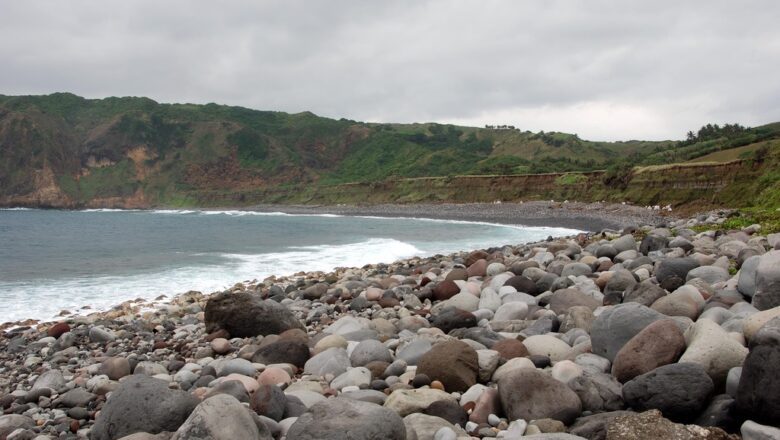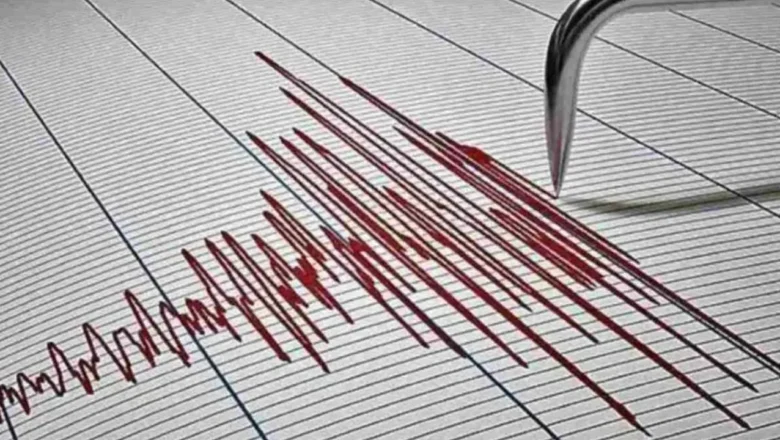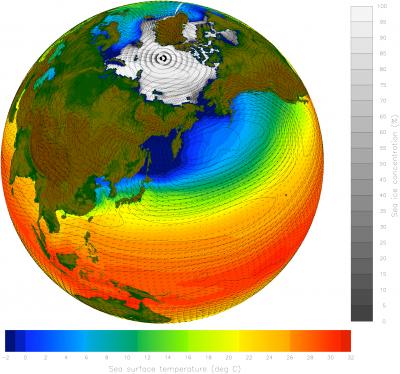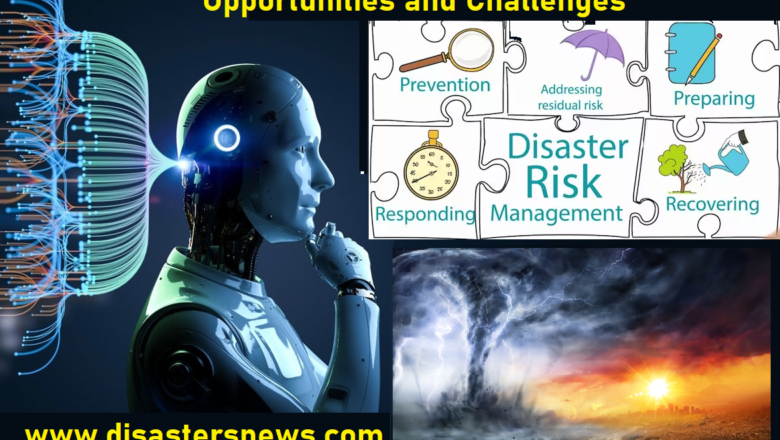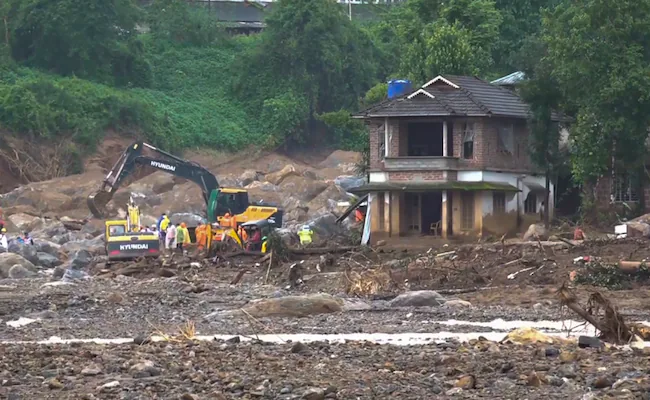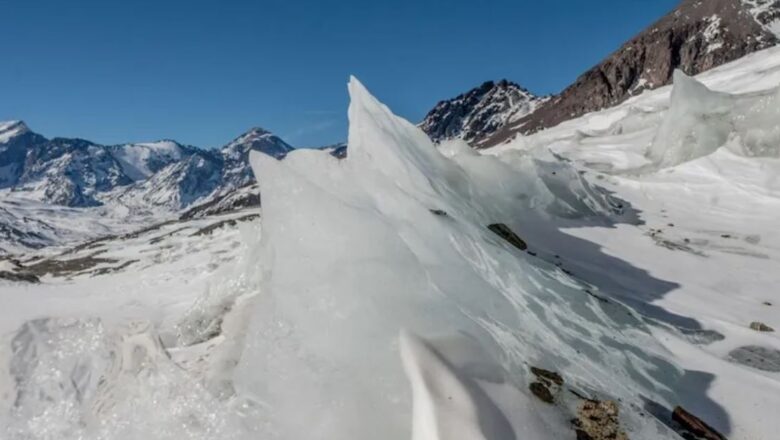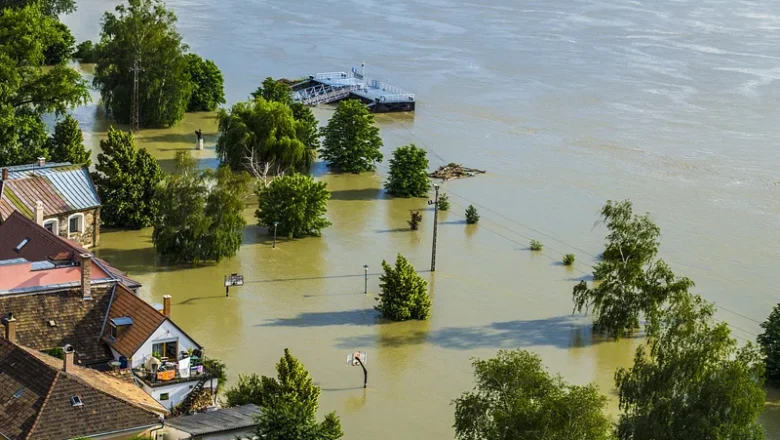
Global Flooding Hazards Projected to Surge by 49% by 2100: New Study Warns
A new study warns that global flooding hazards are set to increase by 49% between 2020 and 2100 if greenhouse gas emissions continue unabated. The research, published in Water Resources Research, highlights the regions most at risk, including the coasts of the North Atlantic, Indian Ocean, southeastern Asia, and the Pacific Islands.
The study utilized advanced modeling techniques to create a Global Flood Map (GFM), which considers floods induced by rainfall, river discharge, and rising sea levels. The research team, led by Professor Paul Bates from the University of Bristol Cabot Institute for the Environment, noted that previously used flood maps lacked accuracy in simulating real floods. By applying new techniques, the team gained more precise insights into future flood risks.
The ...


